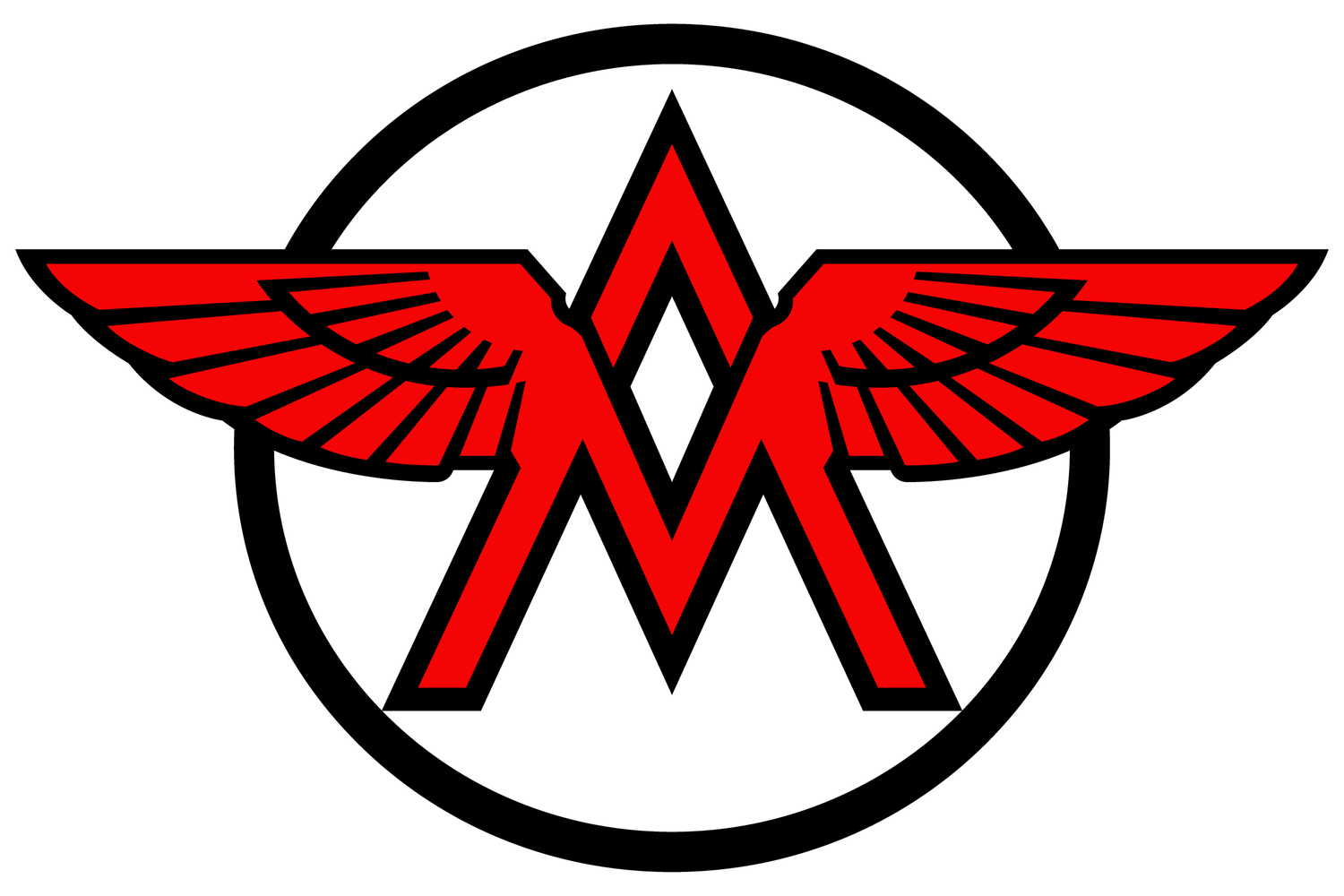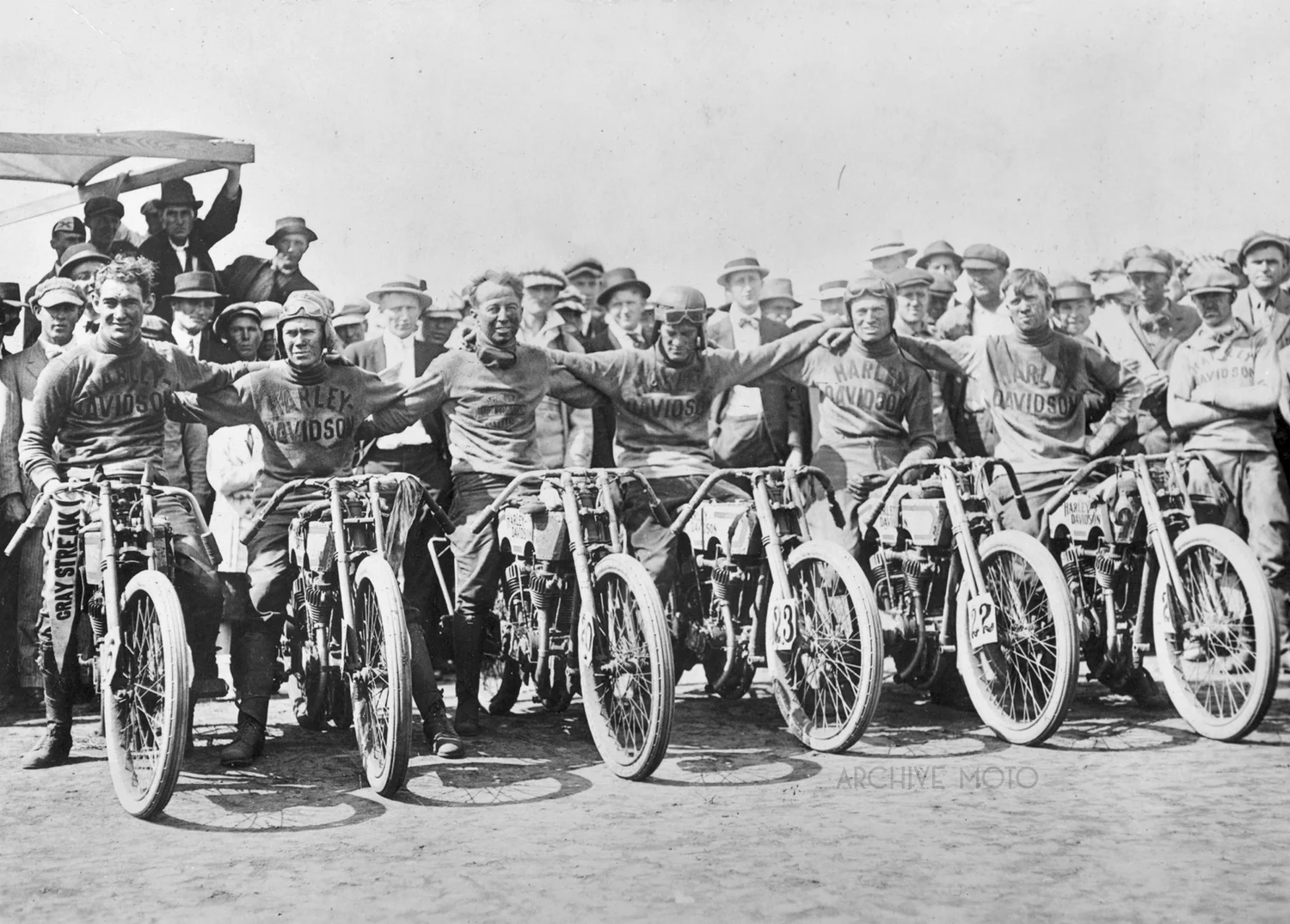Oscar Reneau Lancaster, affectionately known as Nemo, is one amongst the countless local racing stars that pioneered the culture, but given the limited scale of their racing careers remain at risk of fading into history, relegated to the caption of “unknown rider.” Nemo was born in rural Georgia in 1896, one of a set of twins, Oscar and Rosco, just two of a family which counted a dizzying total of ten children. Nemo’s father was a trolly car mechanic and conductor in Atlanta at the turn of the century, the grease from his hands obviously rubbing off onto his children as at least 5 of the boys were involved in the transportation industry by the time they came into a working age themselves. Like many young boys in the early 1900’s Nemo began working in his early teens, becoming a machinist at a furniture factory by the time he was 15. It was at that time that he also developed an interest in motorcycles, picking up a Flanders single cylinder and joining the ranks of the newly formed Atlanta Motorcycle Club.
Imagine a massive timber oval, 2 miles long and 60 feet wide with banked corners of nearly 20 degrees degrees, all made with over 14 million board-feet of smooth poplar strips and held together with 500 tons of nails. Now imagine the thrill of walking into such a venue, a sprawling 230-acre mecca at the center of which a pack of wild and noisy devils tear around the planks at speeds no where near average. Electric lights, concessions, and seating for tens-of-thousands, a sea of modern cosmopolitan humanity, the embodiment of the 20th century. It was a production worthy of the contemporary motorsport, but to those lucky droves who took in the events at Chicago’s new Speedway Park in 1915, the only venue of its type in the world at the time, the experience must have been overwhelmingly exciting.
Let’s start this new year off by taking a deeper look into one of the more well known images from the golden age of American motorcycle racing. Perhaps better recognized from the iconic photograph taken of him and his piglet at the Marion International Road Race in 1920, Lawrence Ray Weishaar was one of the best among the top class of professional racers in the teens and twenties. Born in Oklahoma in the fall of 1890, Weishaar was raised in Wichita, Kansas, a state which produced several notable Class-A motorcycle racers including Wells Bennett and Paul “Speck” Warner. By the time he was 17, Weishaar had begun riding motorcycles, and as was so often the case in those days, the spry young Weishaar was keen to test his abilities in the saddle. He began entering into long distance club rides, endurance events, and road races around Wichita around 1908, joining the ranks of the very active Kansas Short Grass Motorcycle Club and having his first incident colliding with a Buick on a race to Wellington in the summer of 1909.
An elite amongst the pioneer racers, that first curious and daring generation of American motorcyclists was California’s Paul J. C. Derkum, internationally known as “Daredevil Derkum.” Derkum was yet another one of motorcycling’s first class, born in 1881, just before the sweet spot of American bicycle racing. As a teen in Bakersfield he jumped into the thrilling sport of cycle racing and competed as a professional on a national level beginning at the age of 17. Through cycling he was introduced to the emerging motor-pacing machines and first motorcycles, befriending early operators and distributors like Los Angeles’ Will Risden, who opened up one of the first shops in the country in 1902.





